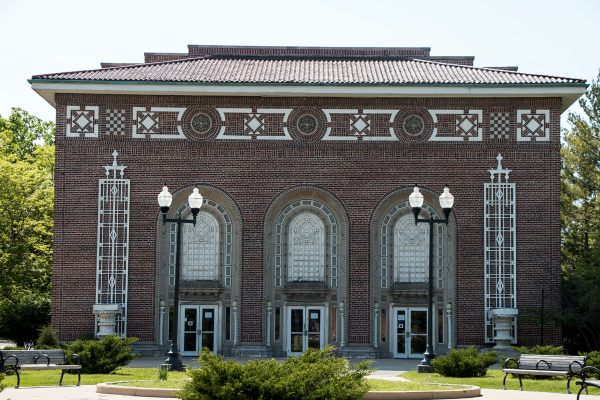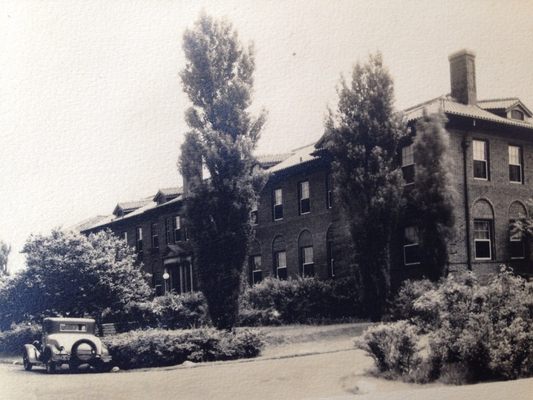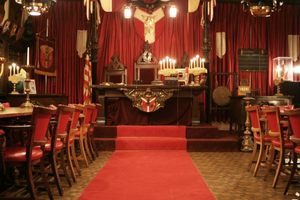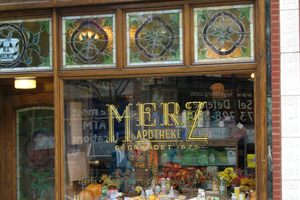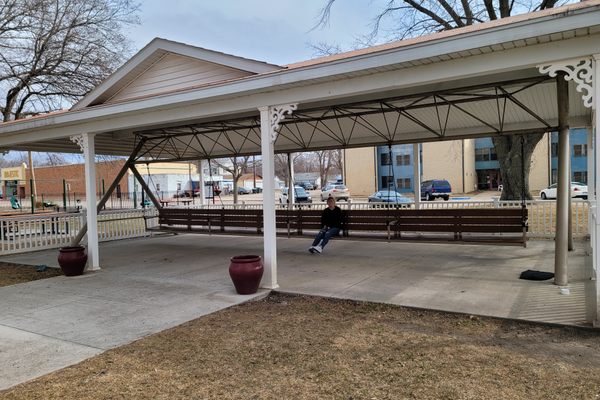About
Through the 19th and early 20th centuries, tuberculosis — nicknamed the “white plague” — was taking so many lives, the attempt to find a cure helped lay the foundation for modern medicine. But before antibiotics, TB patients were sent to live in isolation in sanatoriums, where they received the best treatment known at the time: rest, nutrition, and fresh air.
In the U.S., many of these facilities were located out West, where there was ample sunshine and clean, dry air, which some doctors believed would dry the moisture from patients’ lungs. In fact, the tuberculosis sanatoriums that sprung up in the 1800s were what put some early towns in Colorado, Arizona and New Mexico on the map. However the largest municipal sanatorium in the country was located back East, run by the city of Chicago: the Chicago Municipal Tuberculosis Sanitarium.
"The San," as it was known to those who lived and worked there, opened in 1915 on a 160-acre site in northwest Chicago. The complex included 32 buildings and 650 beds to provide long-term care for TB patients.
Because patients — called “lungers” in the early 1900s — were kept isolated from others for months or sometimes years, Chicago's public sanitarium essentially functioned like mini-city. It offered not only a full range of medical services but also education, recreation, exercise, religious services, and job training — with a tunnel system connecting the main buildings on the grounds. The municipal sanitarium was even the first to have a maternity ward.
On her blog, local historian Frances Archer includes a description of the San given by a patient in the 1940s. In a letter, the patient writes, "On the whole the Sanitarium life wasn’t so bad. We used to play chess, checkers, rummy, poker, or pinochle. Also there were some fairly good looking women patients out there. There was a rule against visiting them. That was a silly rule. I learned how to play chess at the sanitarium. You can find a place like that only in this country.”
By the late 1960s, new effective drugs and vaccines to treat TB came on the market, and were so successful, tuberculosis institutions began closing their doors several years later. The Municipal Tuberculosis Sanitarium closed down in 1974.
The city wanted to turn the old sanitarium into shopping and apartments, but neighborhood locals fought City Hall — and won. The site was redeveloped as North Park Village, with much of the grounds and buildings preserved and repurposed. Today, the public center includes a public park, senior citizen housing and a 46-acre nature preserve and educational center, an oasis within the bustling city.
Related Tags
Know Before You Go
The entrance to North Park Village is at Pulaski and Ardmore, just south of Peterson Avenue. When you get to the street light at Pulaski and Ardmore and turn into the complex you will follow signs to the Nature Center. Go straight past the security office on your right.
Shortly after that you will reach a one-way street going to the left after a small courtyard, follow that street. It will curve around to the right, follow it almost to the end.
Bikes - there is a bike rack at the end of the street to lock your bike up
Cars - the parking lot is the last right before the street ends at the bike rack
Community Contributors
Added By
Published
June 8, 2016
Sources
- https://chicagomts.wordpress.com/
- http://francesarcher.com/2010/01/forbidden-places-part-one/
- http://www.chicagoparkdistrict.com/parks/North-Park-Village-Nature-Center/
- https://en.wikipedia.org/wiki/Chicago_Municipal_Tuberculosis_Sanitarium
- http://www.who.int/mediacentre/factsheets/fs104/en/
- http://exhibits.hsl.virginia.edu/breath/dry-air/
